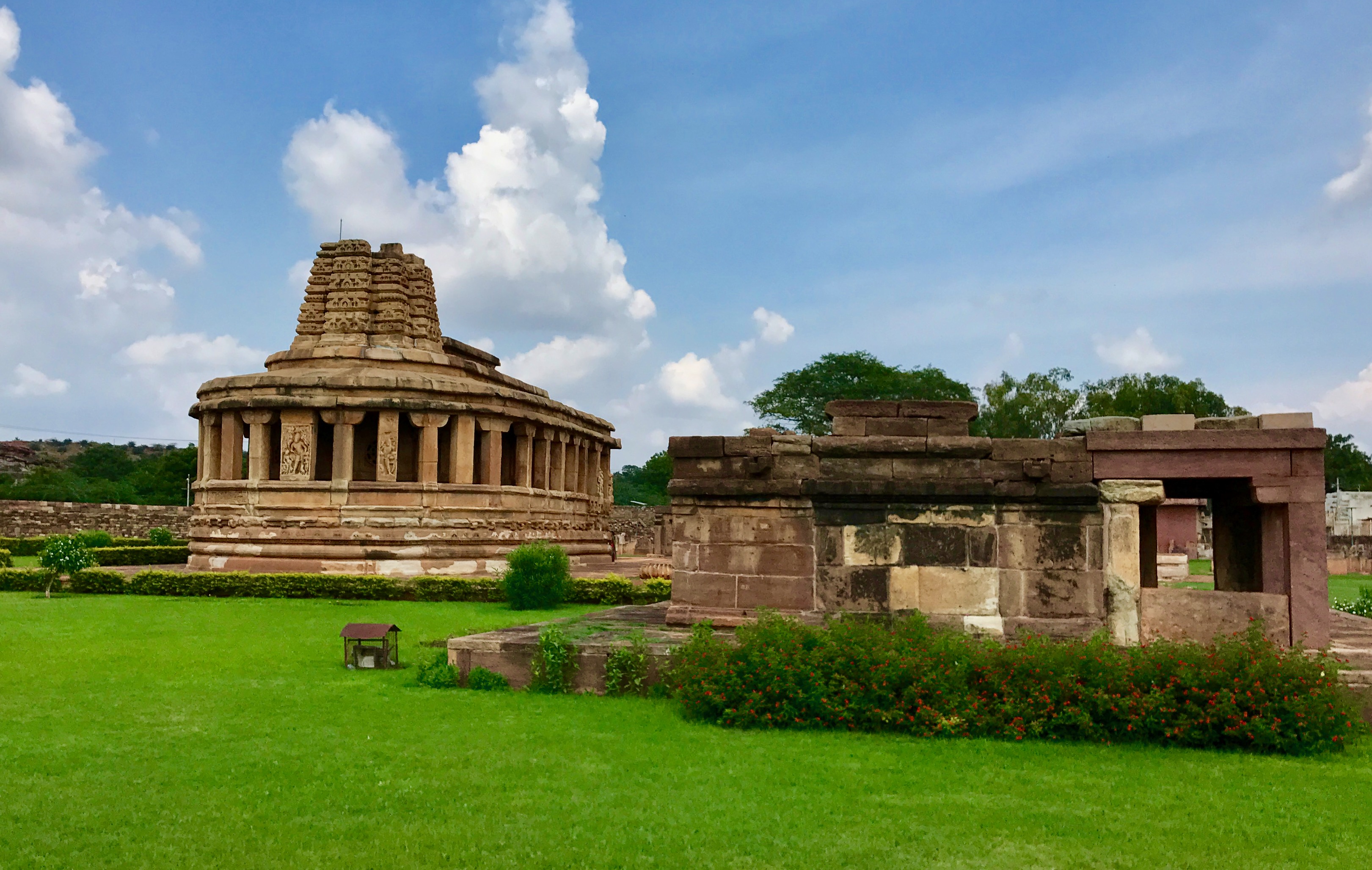Aihole represents a profound archaeological landscape nestled within Karnataka's rich historical tapestry, embodying centuries of architectural innovation and cultural metamorphosis. The village emerges as a testament to the Early Western Chalukyas' extraordinary artistic and diplomatic prowess, transforming a modest settlement into a crucible of architectural experimentation that would reshape India's temple design paradigms.
The origins of Aihole are steeped in mythological significance, rooted in a compelling narrative involving Parashurama, the sixth avatar of Vishnu. Local legend recounts how the village earned its name when Parashurama washed his bloodied axe in the Malaprabha river, with locals exclaiming "Aiyyo hole" - marking the site's deep connection to Hindu mythological traditions. This origin story transcends mere nomenclature, embedding the village within a broader spiritual and cultural framework.
Architecturally, Aihole represents an unparalleled laboratory of temple design, where artisans pioneered both Nagara and Dravidian architectural styles. Between the 6th and 8th centuries, skilled craftsmen developed intricate building techniques, creating temples from interlocking stone blocks without using mortar. These innovations would subsequently influence temple constructions across India, with notable manifestations in Badami and the UNESCO-recognized Pattadakal Temple Complex.
Religious pluralism emerges as another distinctive feature of Aihole's cultural landscape. The village hosts an extraordinary array of Hindu, Buddhist, and Jain temples, reflecting a period of remarkable religious coexistence and intellectual exchange. The iconic Durga Temple, despite its name, exemplifies this pluralistic spirit through its unique apsidal layout reminiscent of Buddhist architectural traditions, adorned with intricate sculptural narratives that transcend singular religious boundaries.
The Chalukya dynasty's political and cultural influence permeates Aihole's historical narrative. Under rulers like Pulakeshin I and Pulakeshin II, the region experienced unprecedented artistic patronage and territorial expansion. The dynasty's diplomatic connections extending to distant Persia underscore their sophisticated geopolitical understanding, transforming Aihole from a regional capital into a vibrant center of cultural production and intellectual discourse.
Archaeological evidence suggests that Aihole's artisan communities played a transformative role in India's architectural evolution. The skills honed in this village would subsequently manifest in magnificent temple complexes across the subcontinent, including the renowned Khajuraho and Kashi Vishwanath temples. This diaspora of craftsmanship represents a critical mechanism of cultural transmission and artistic innovation.
While the Chalukya dynasty's political supremacy waned with the Rashtrakuta ascendancy in the mid-7th century, Aihole's cultural significance remained undiminished. The site continues to captivate scholars, archaeologists, and cultural enthusiasts, offering profound insights into India's complex architectural and religious heritage. Modern preservation efforts and potential UNESCO World Heritage Site designation recognize the enduring importance of this extraordinary village.
Today, Aihole stands as a living museum, inviting visitors to traverse centuries of architectural and cultural transformation. Its scattered temples, though weathered by time, narrate compelling stories of artistic innovation, religious pluralism, and the dynamic interactions that have shaped the Indian subcontinent's rich cultural landscape. The village remains a critical site for understanding the intricate relationship between artistic expression, spiritual practice, and historical change.




